How to grow cilantro: tips on sowing, growing and harvesting this versatile herb
Learn how to grow cilantro indoors and out with our expert guide and you'll soon have a homegrown crop of the most widely used herb in the world
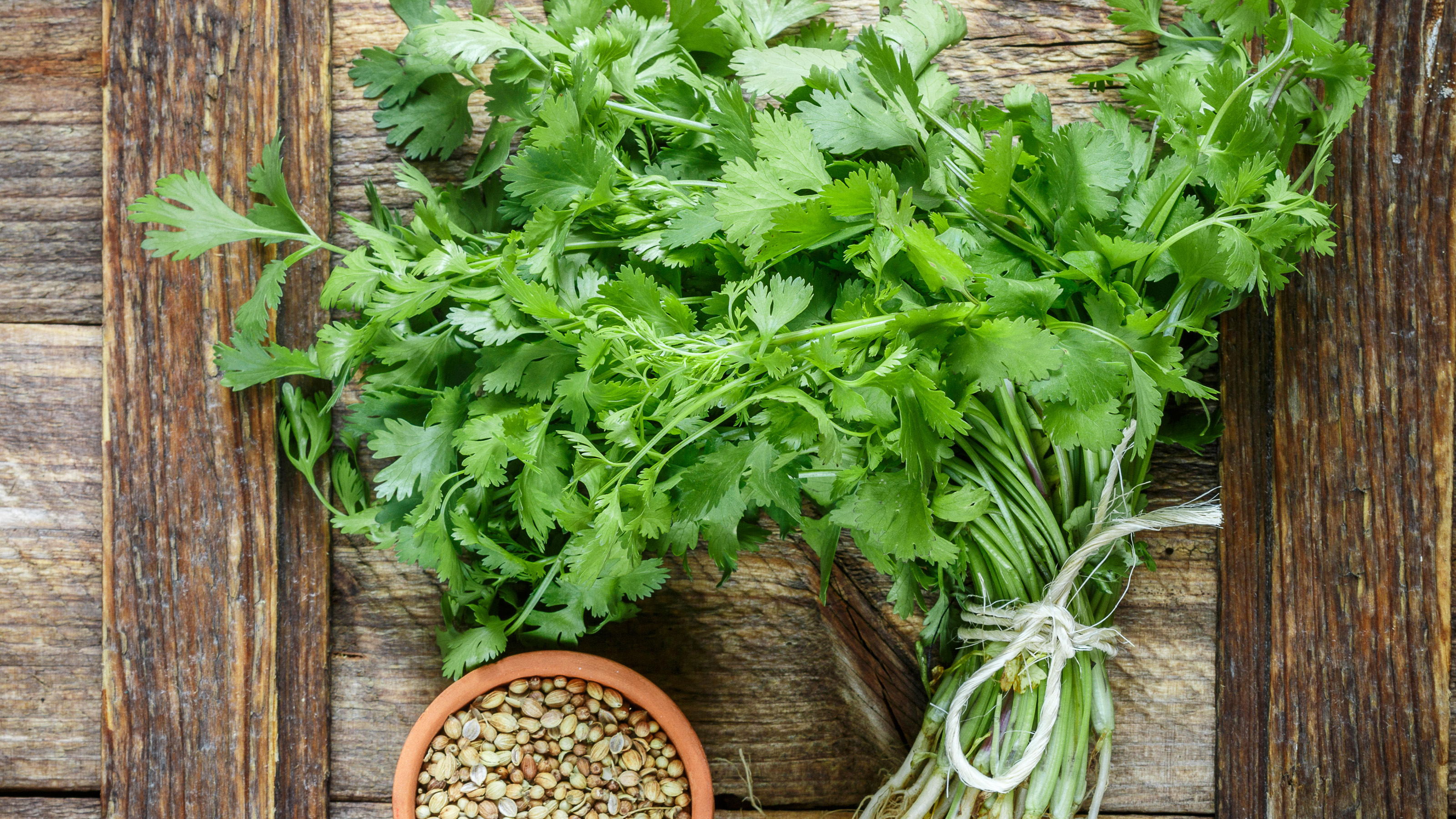

Learn how to grow cilantro and you’ll soon find it indispensable. A must-have in both the herb collection and the kitchen, this is an easy-to-grow leafy herb that's related to parsley and the seeds can be sown directly in the soil or in pots. There’s so much more to cilantro than simply the leaves though. It’s versatile, as you can use every other part of the plant too, from the root and stalks to the flowers and seeds, and to mix things up they all have a distinctly different flavor.
Cilantro (also known as coriander) can be used in a variety of ways in both sweet and savory dishes. The root is used to make Thai curry paste, while the stalks enhance the flavor of sauces and stews. The fresh leaves are an essential in curries, soups and salads in many different cuisines around the world, while the crushed seeds are used in spice rubs and marinades as well as cakes and biscuits. Scatter the pretty white flowers in salads, and try growing cilantro as healthy microgreens too.
If you're already reading up on how to create a herb garden, then following our tips on how to grow cilantro will ensure you have a tasty addition to your new herb plot.
How to grow cilantro indoors and outdoors
As one of the best herbs to grow in your garden, you can sow cilantro seeds directly in the ground or in pots from spring to autumn, or grow the seeds in plug trays as part of your greenhouse ideas then transfer to the garden.
You can also learn how to grow cilantro seeds indoors on a sunny windowsill. Seeds can be sown until late in the season to give you a regular supply for use in winter.
Try repotting the supermarket ones too - they generally peak early as they're root bound but transfer them to a bigger pot with fresh soil and watch them go.
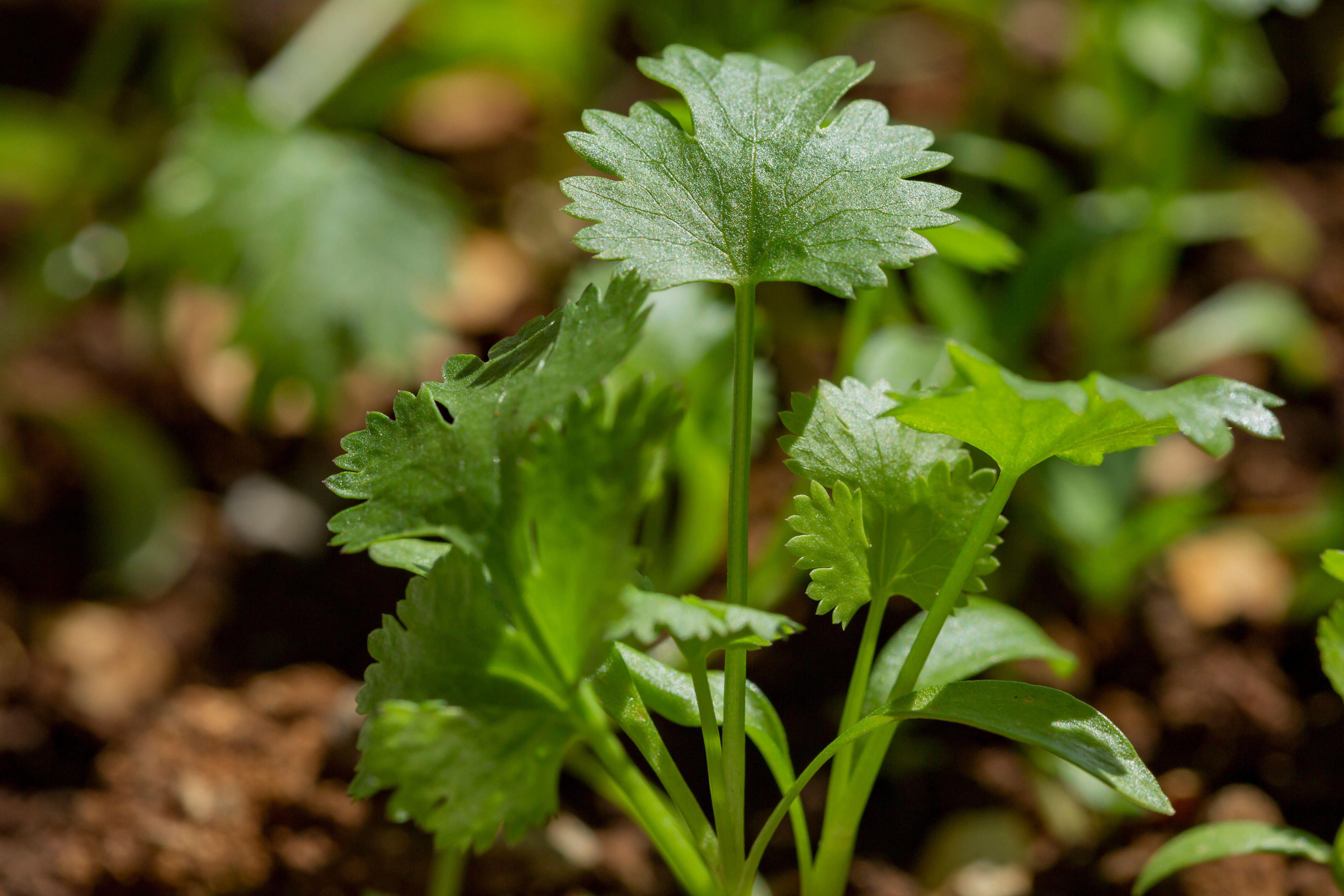
You can grow cilantro from seed or buy plants
How to sow cilantro seeds outdoors
- Sow the cilantro seeds thinly in a sunny spot from mid-spring onwards. Light, well-drained soil is ideal.
- If you're growing cilantro for the leaves only, thin the seedlings to about 7cm apart. If you're planning on harvesting some of the seeds too, leave a gap of about 20cm between plants.
- To keep the supply coming throughout summer, sow a fresh batch of seeds every two to three weeks until early autumn.
- Remember to keep watering plants regularly and harvest when you need to.
- Towards the end of the year use cloches or frames to extend your season.
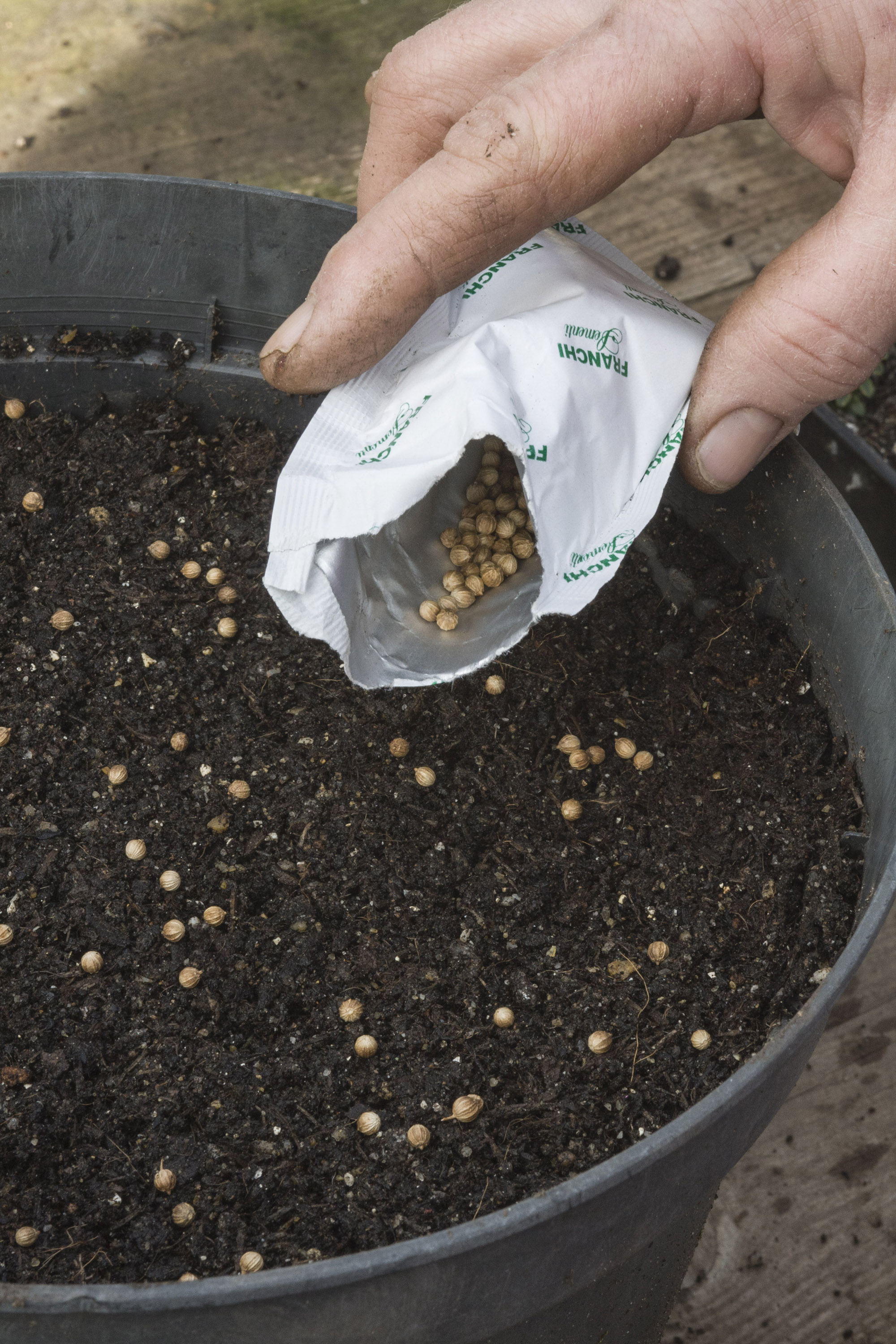
You can grow cilantro in pots or directly in the soil in the garden
How to grow cilantro seeds in a pot
- Use a bowl-shaped container that’s approximately 18in (45cm) wide and 10in (25cm) deep.
- Fill the pot with a free-draining potting compost with some perlite for drainage and organic granular fertilizer mixed in. You can find out more tips on how to compost in our guide.
- Mist the soil thoroughly with water before planting the seeds.
- Sow them, then cover with a light sprinkling of soil. Gently mist the soil again.
- Transfer to a sunny spot, where the seeds should germinate in 7-10 days.
- Remember to water regularly.
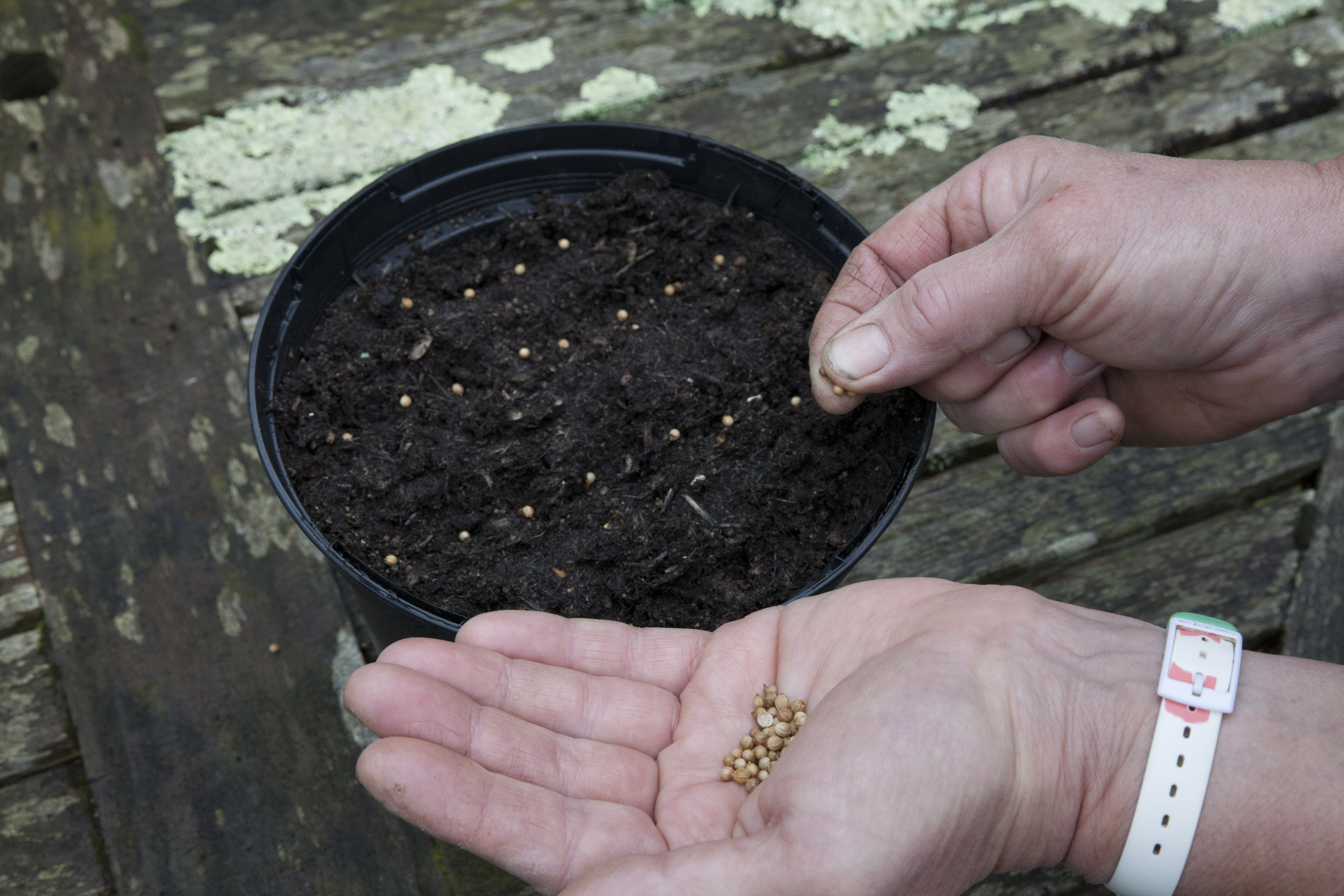
Cilantro grows well in pots
How to grow cilantro as microgreens
If you don’t have space outside you can still learn how to grow cilantro as part of your indoor garden ideas. Microgreens can be grown indoors and are eaten within three weeks of sowing so are a good choice if space is tight. They can be grown this way all year round and are packed with nutrients.
All you need is a plastic fruit punnet, some multi-purpose peat free compost and a packet of coriander seeds.
Make sure the punnet has holes in the bottom and put a couple of centimeters of compost in the base. Sow the seeds thickly on the surface, then cover with a light layer of compost. Stand the punnet on a saucer of water and transfer to a light, warm spot.
Monitor the compost regularly to check it doesn’t dry out – top up the saucer as necessary. Start snipping after around three weeks and use the microgreens in salads, sandwiches and to top smashed avocado on toast. Delicious!
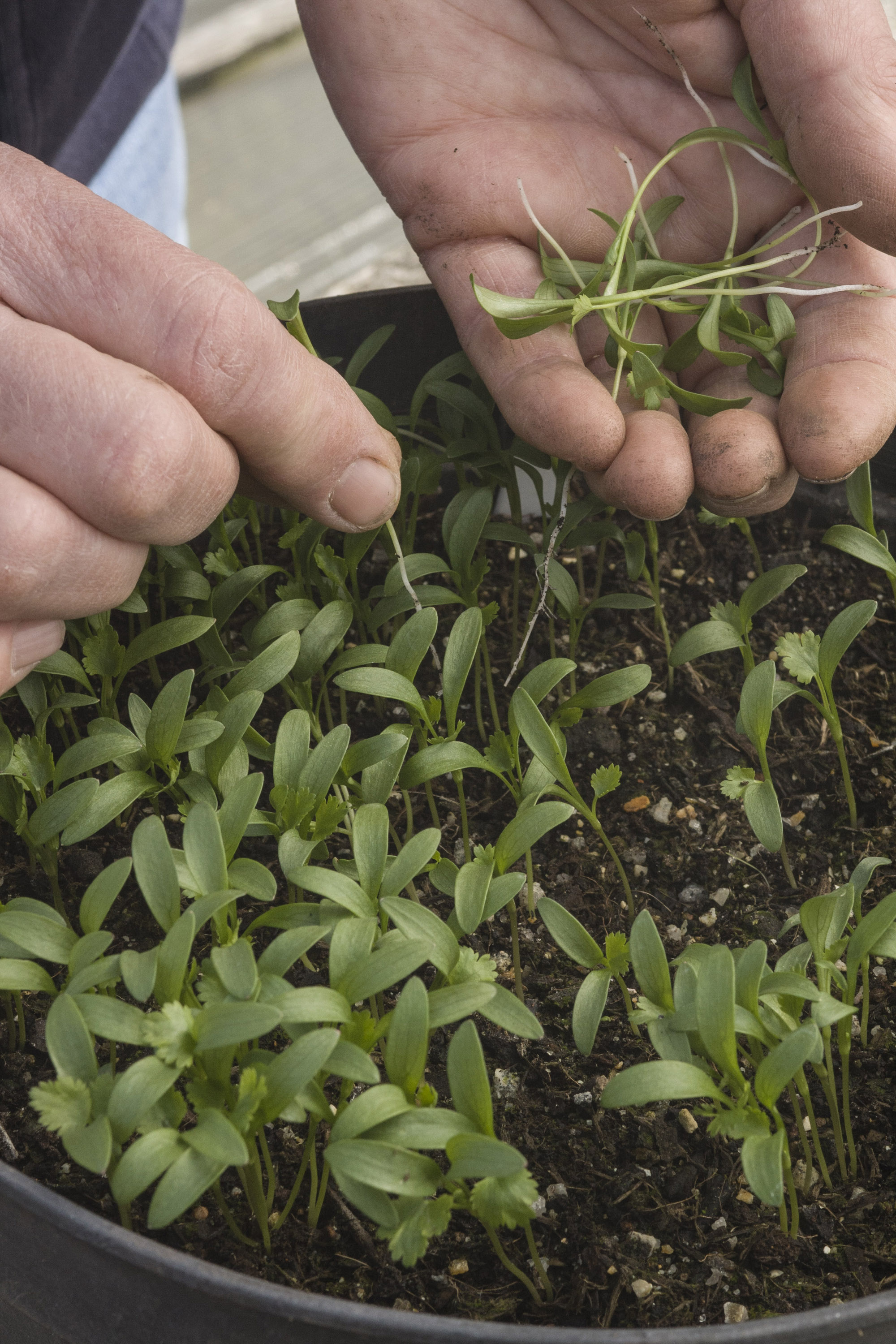
You can try growing cilantro as microgreens
How do you grow cilantro without it bolting?
One of the biggest problems with how to grow cilantro is how to prevent it from bolting and going to seed. The leaves grow rapidly and you need to keep an eye on them as they quickly change from splayed (good) to more erect and finely cut in appearance (bad), which means they have bolted.
The best thing is to keep watering your cilantro plants regularly to discourage them from bolting. It also helps to keep the plants cool, so be careful with them when temperatures soar. A shady corner in your kitchen garden ideas is the best spot for cilantro during the summer months. If you live in a warmer area, you will probably need to consider ways to keep the plants shaded and cool.
Look out for varieties labelled Coriandrum sativum as they are less likely to bolt.
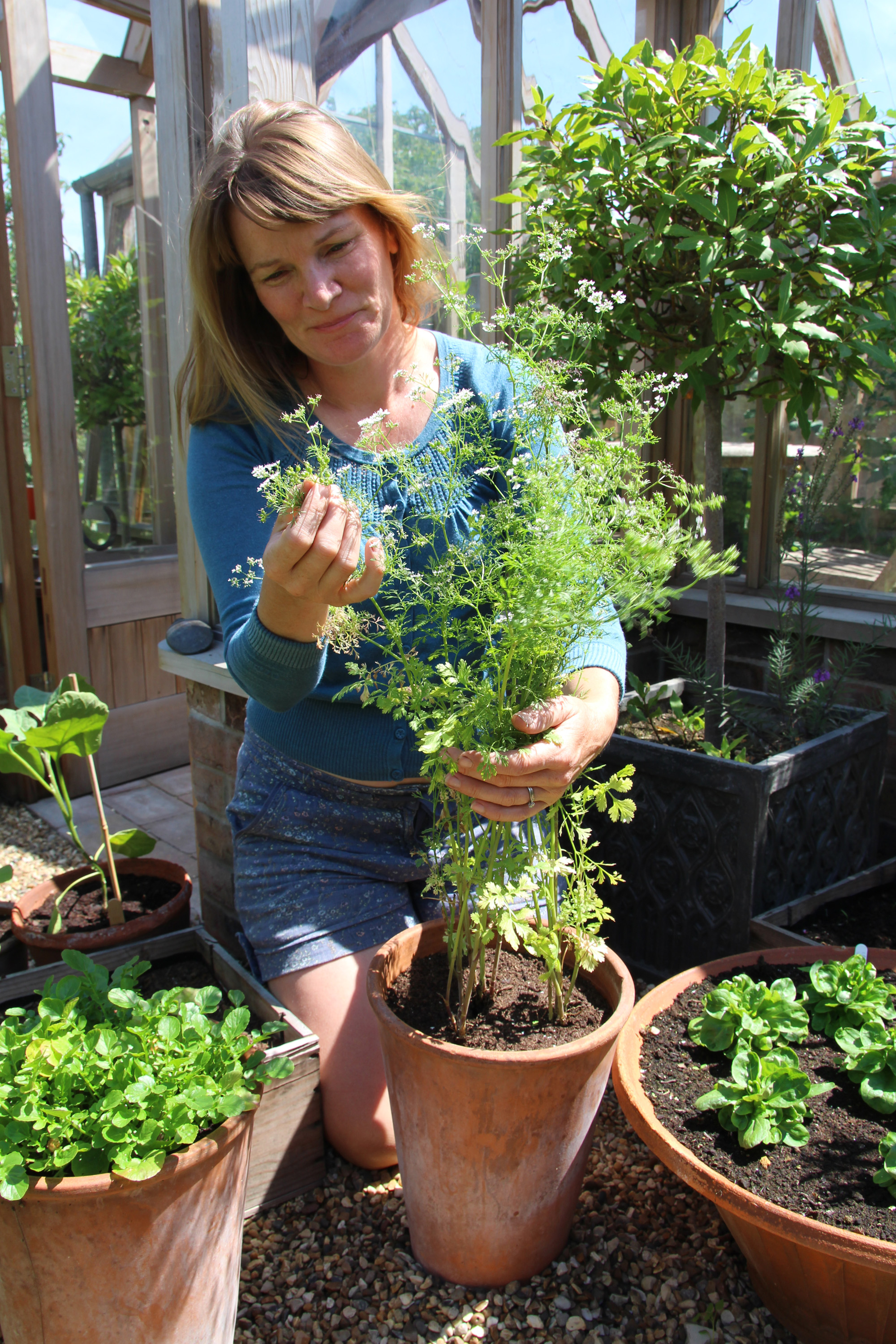
Keep cilantro plants well watered to prevent them bolting
How do you keep cilantro alive?
- For best results with how to grow cilantro, start with good stock by choosing the right plants. If you’re growing your own from seed weed out any thin and spindly ones. If you’re buying plants from a garden center, pick the healthiest ones. They will grow faster and produce more leaves for you. Avoid buying plants with discolored or wilted leaves or tangled stems.
- Split up overcrowded plants, then repot with fresh compost and perlite for drainage in larger pots. Just like with your other container gardening ideas, a bigger pot will allow the roots to spread out and grow into a larger, healthier plant.
- Water your plants thoroughly and make sure they don’t dry out in between times.
- Finally, make sure you harvest the cilantro leaves properly (see below).
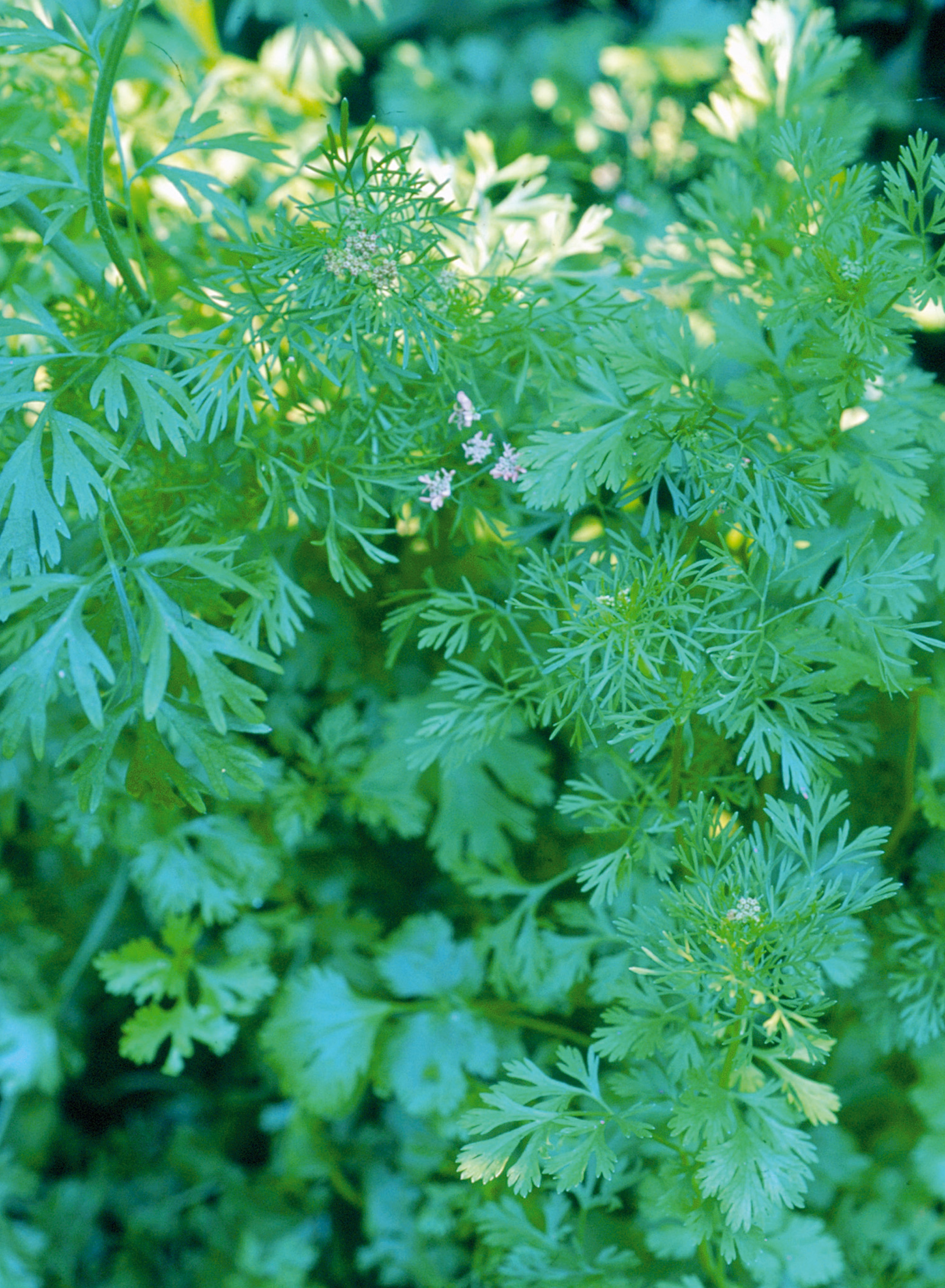
Cilantro will flourish with the right care
How to harvest cilantro
When considering the best methods for how to grow cilantro, it's a good idea to use your plants as a cut and come again crop. Take only a few outer leaves each time you need them, snipping them off at the base of the stalk and including that in your cooking or garnish too. If any are flowering add these as well. If you have a glut, chop up any excess leaves and freeze in ice cube trays to use as needed.
Allow a few of your plants to flower, then collect ripe cilantro seeds from them at the end of summer. Once the seed heads appear it’s time to pick them and put them upside down in a paper bag.
Leave them in a warm dry spot for two weeks to let them dry thoroughly, by which time the seeds will have collected in the bottom of the bag. Transfer to a dry, airtight jar and store in a cool, dark place. Use for cooking or keep them to germinate the following year to grow your next batch of fresh cilantro leaves.
Like the idea of growing more plants from seed? Our guide on how to grow flowers from seeds is a great place to start.
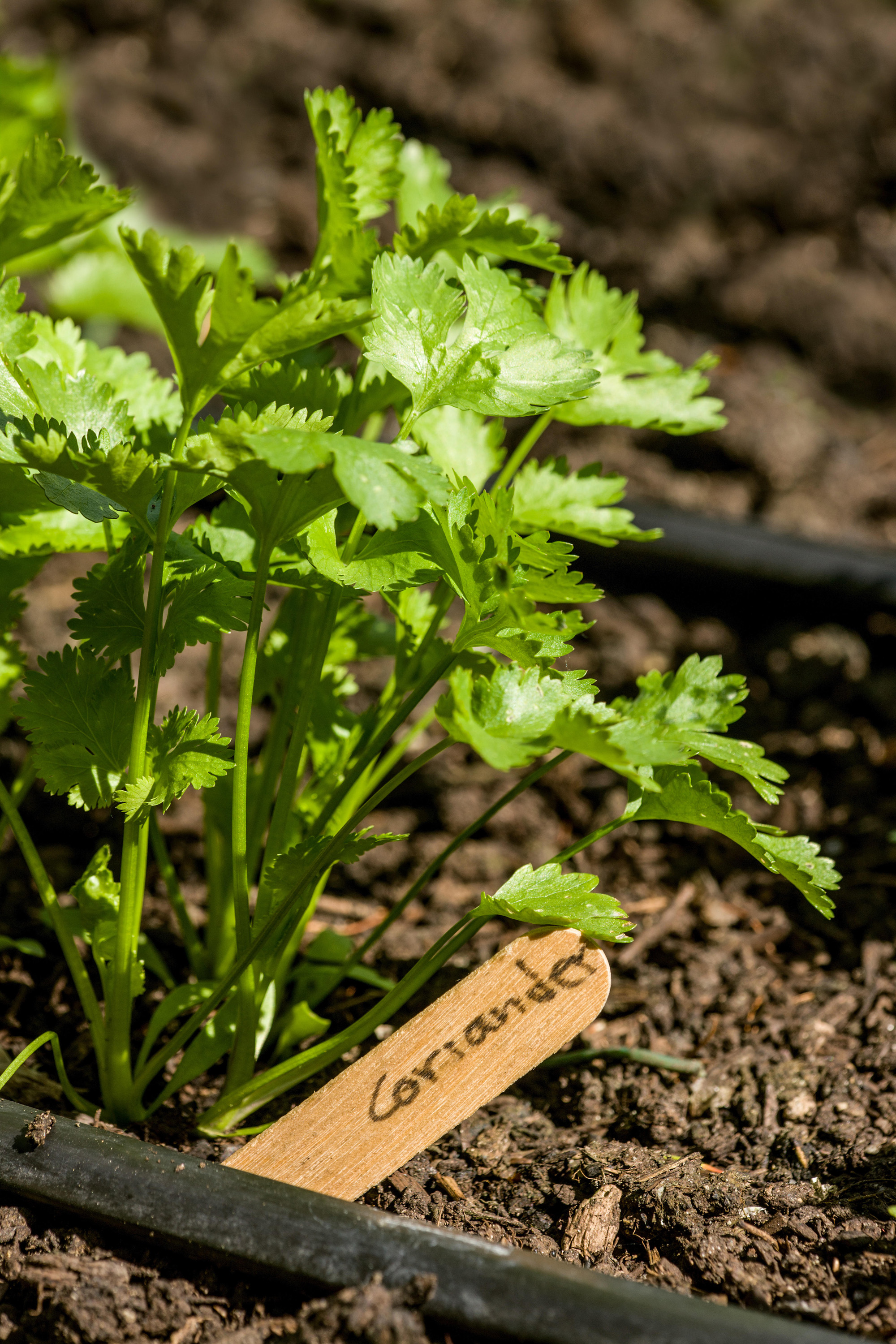
Help your herb bounce back after cutting
Where to buy cilantro (coriander) seeds
Whether you're learning how to grow cilantro from seeds or you're buying plants from the garden center, there aren’t a huge amount of varieties of cilantro to choose from.
You can buy cilantro (coriander) seeds from a wide range of suppliers. Use our quicklinks below to head straight to leading suppliers where you can take your pick of the best that's on offer.
Where to buy coriander seeds in the UK
- Shop coriander seeds at Amazon
- Shop coriander seeds at Crocus
- Shop coriander seeds at Dobies
- Shop coriander seeds at Suttons
- Shop coriander seeds at Thompson & Morgan
- Shop coriander seeds at Waitrose Garden
Where to buy cilantro seeds in the US
- Shop cilantro seeds at Amazon
- Shop cilantro seeds at Burpee
- Shop cilantro seeds at Home Depot
- Shop cilantro seeds at Walmart
Best cilantro varieties to try
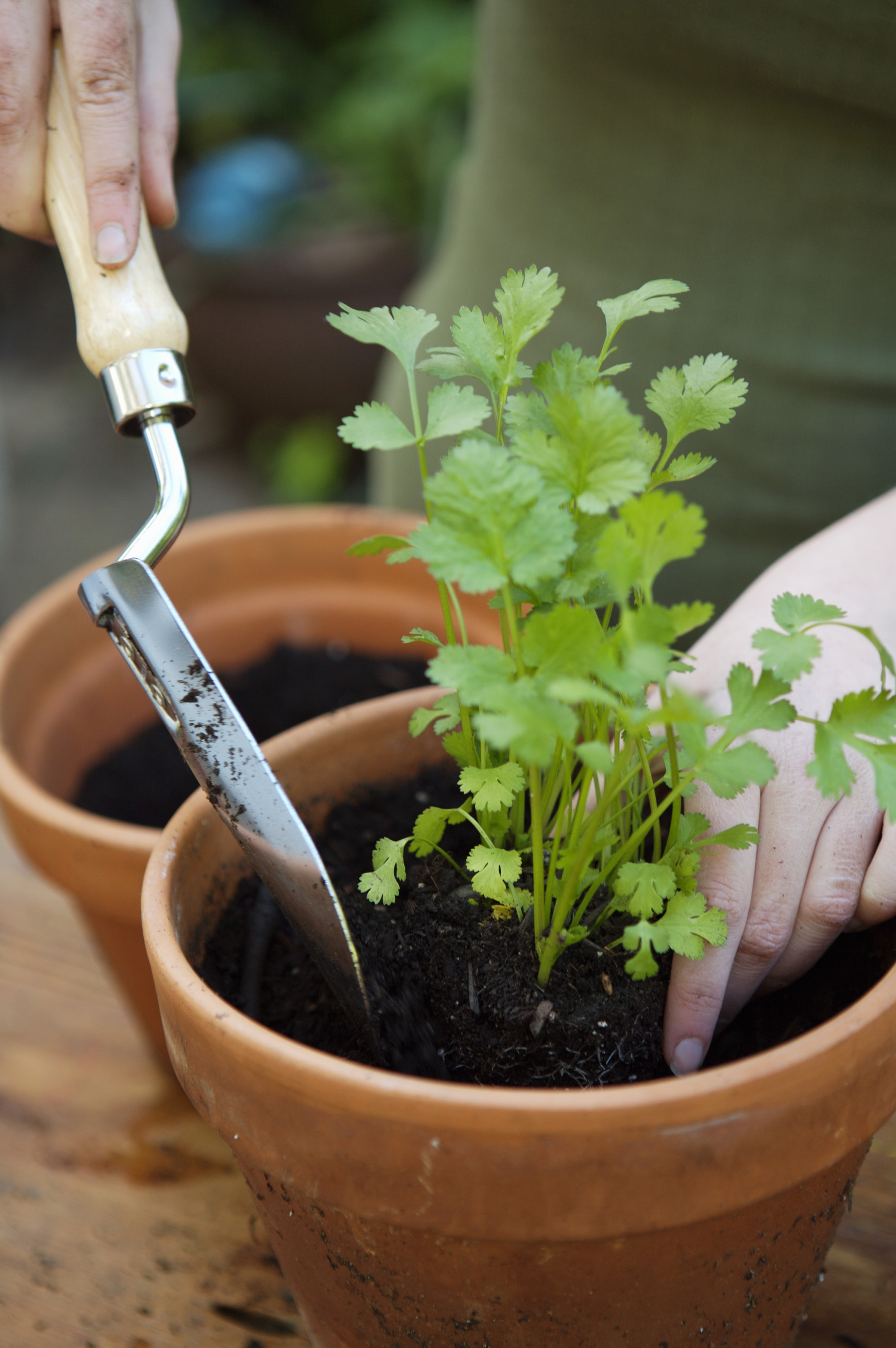
Now you know how to grow cilantro, here's a choice of varieties to try out:
1. 'Calypso'
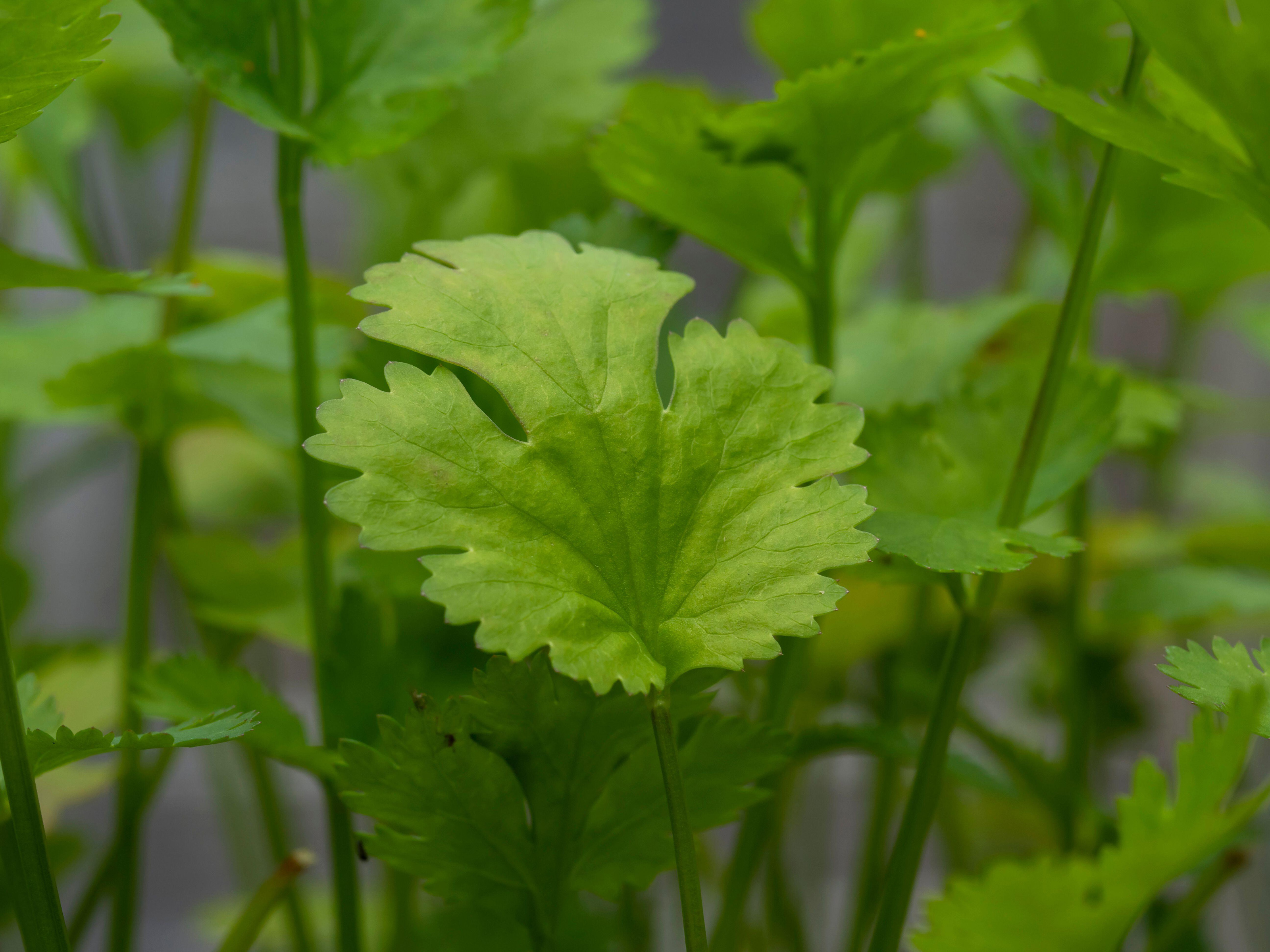
The cilantro variety 'Calypso'
This variety has excellent bolting resistance as it's a Coriandrum sativum variety. It can be cut back and allowed to re-grow at least three times throughout the summer. It's a quick growing variety that will flourish in either the garden or in pots, and its aromatic leaves transform salads, curries and soups.
2. 'Leafy Leisure'
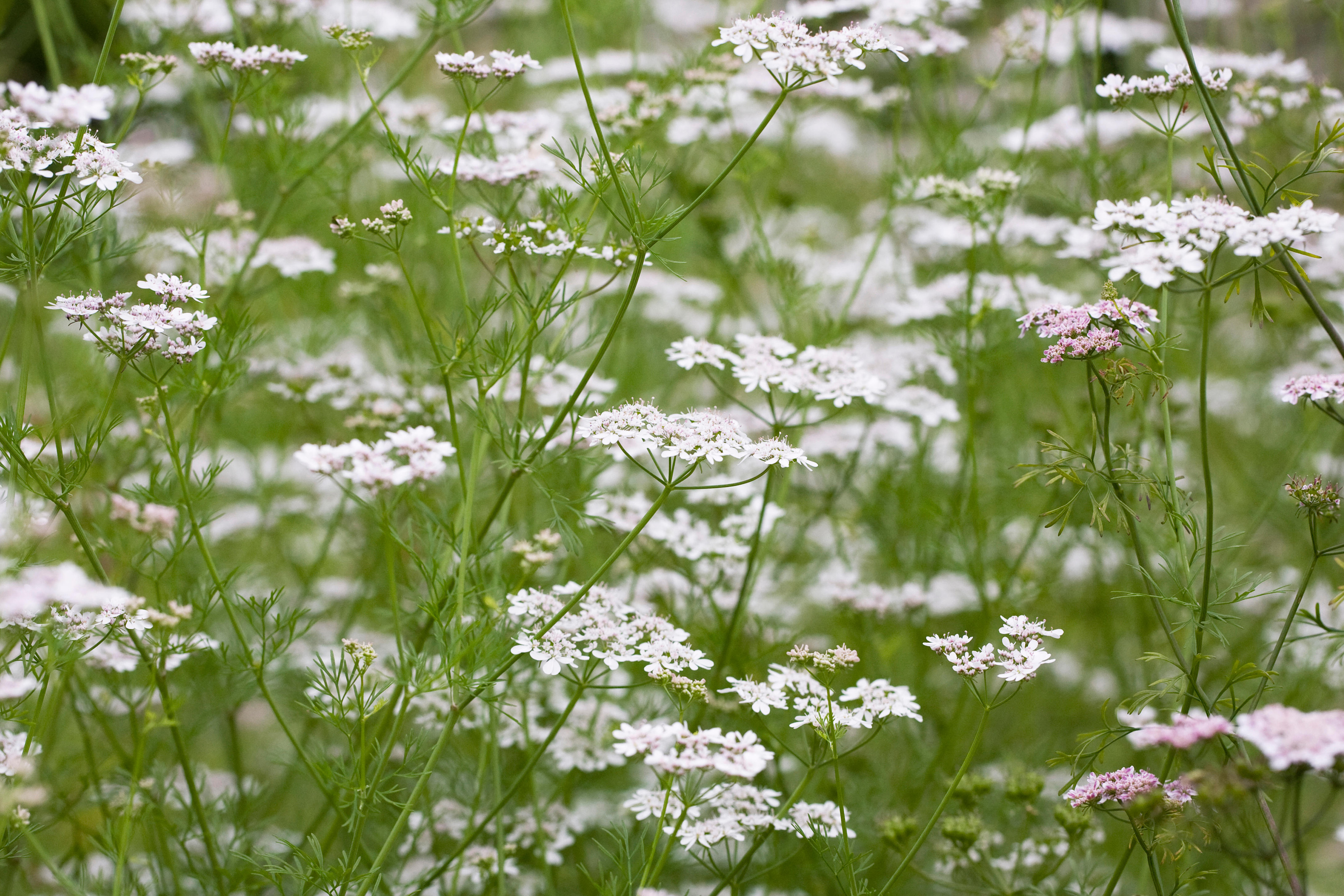
Cilantro 'Leafy Leisure' – you can use the flowers in salads too
Good for its generous leaf production and reluctance to bolt (run to seed) even in drier conditions as it's a Coriandrum sativum variety. Cut the leaves in generous handfuls to add a piquant flavour to baby-leaf salads, or collect the dried seed to crush into curries. The flowers are edible too and look great sprinkled onto salads.
3. Lemon cilantro
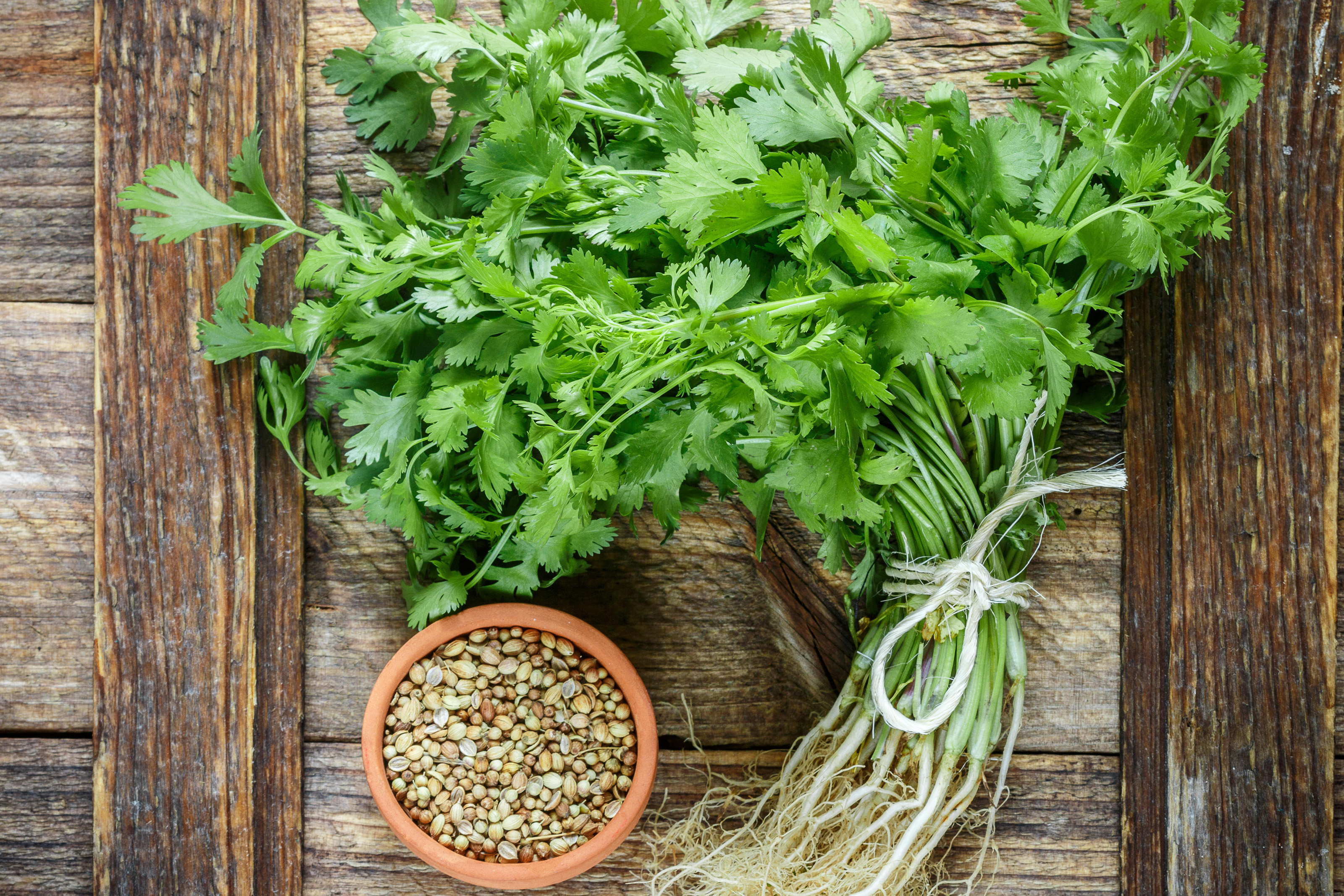
Use lemon cilantro to add zhuzh to your cooking
Now for something different. This variety of cilantro has an unusual lemon fragrance and flavor that's delicious as a garnish in salads, or used in stir-fries. Easy to grow over a long season in both the garden and containers, it can also be grown in a pot on the windowsill for easy year round snipping.
4. 'Slow Bolt'
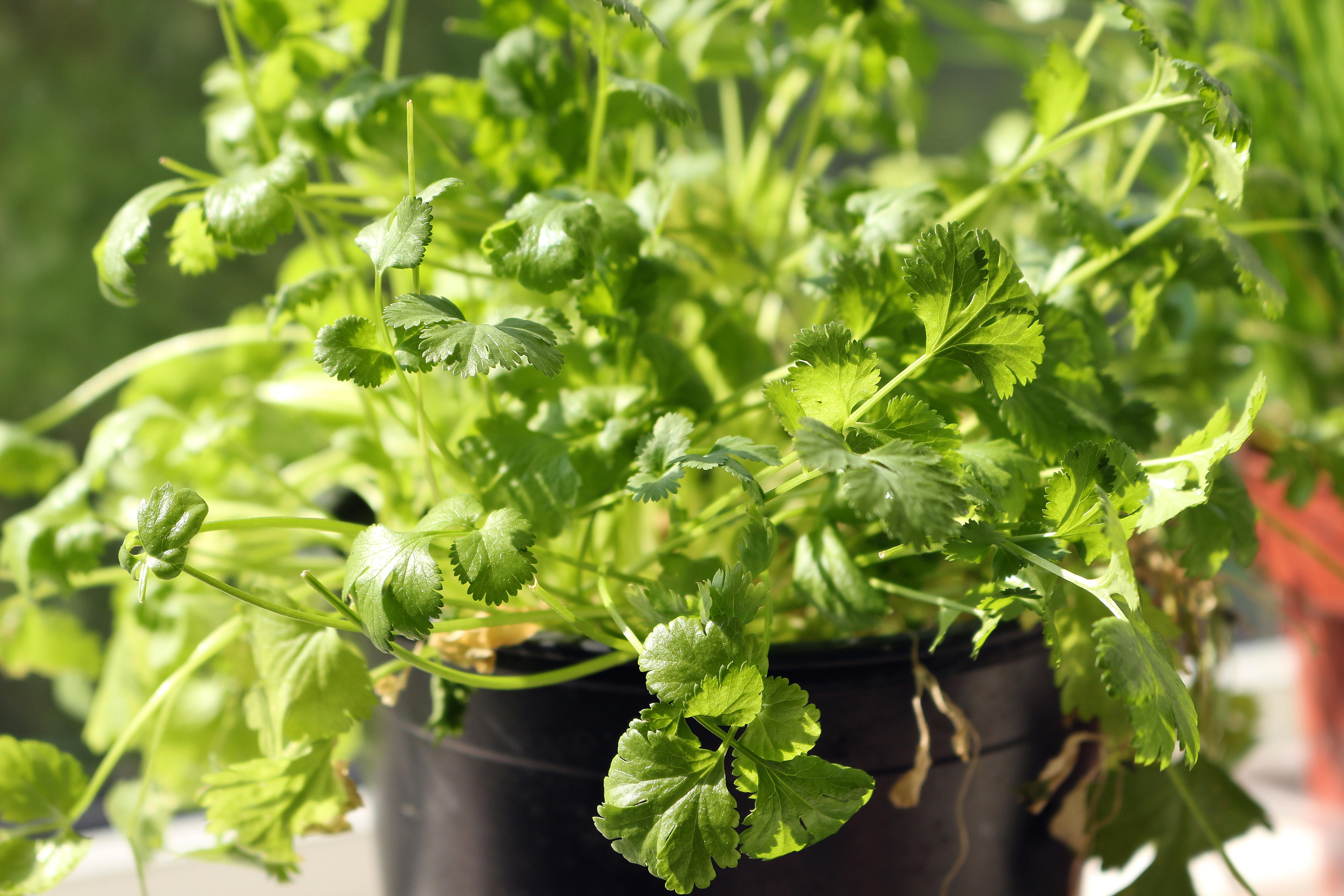
Cilantro 'Slow Bolt', also known as 'Long Standing'
Also known as 'Long-Standing', as the name suggests this is a bolt-resistant strain producing lush leaves that responds well to frequent cuttings. If flowers appear remove immediately to encourage leaf growth. Harvest when the plant is robust enough to cope, either remove single leaves or snip whole stems.
Want to add some other herbs to your garden? There's plenty more advice on how to grow thyme and how to grow mint in our expert growing guides.

Lifestyle journalist Sarah Wilson has been writing about gardens since 2015. She's written for Gardeningetc.com, Livingetc, Homes & Gardens, Easy Gardens and Modern Gardens magazines. Having studied introductory garden and landscape design, she is currently putting the skills learned to good use in her own space where the dream is establishing a cutting garden.
